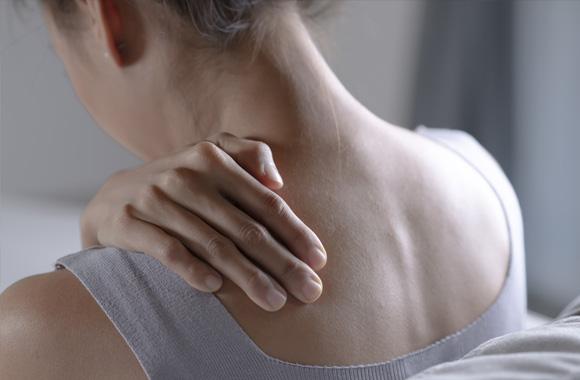What is the Labrum?
The labrum is a piece of fibrocartilage (rubbery tissue) attached to the rim of the shoulder socket that helps keep the ball of the joint in place. It deepens the socket joint and provides stability and range of motion to the shoulder. A tear in the labrum can result from injury, repetitive shoulder motions, or the natural aging process. Labrum tears often result in symptoms such as pain, decreased range of motion, a catching sensation in the shoulder, and instability in the joint.

When is Labrum Repair Necessary?
A Labrum Repair surgery becomes necessary when:
- Conservative treatment methods, such as rest, physical therapy, and medications, have not improved symptoms.
- There is significant and persistent shoulder instability.
- Pain and discomfort persist, impacting the quality of life and performance in sports or activities.
Every patient is unique, and at Performance Sports Medicine Institute, our experts ensure to evaluate each case individually to determine the most suitable course of treatment.
Conditions Treated by Labrum Repair
Primarily, Labrum Repair treats labrum tears in the shoulder. This can include:
- SLAP tears (Superior Labrum Anterior and Posterior): where the top (superior) part of the labrum is injured.
- Bankart lesions: when the labrum tears at the lower part of the shoulder socket.
These injuries often occur with other shoulder issues and may form part of a more extensive treatment plan.
The Labrum Repair Procedure
Labrum Repair is generally performed arthroscopically, a minimally invasive surgical technique that uses a tiny camera (arthroscope) and specialized tools. The process typically involves:
- Administering general anesthesia to the patient.
- The surgeon makes small incisions in the shoulder area and inserts the arthroscope to assess the extent of the damage.
- The torn labrum is then repaired by reattaching it to the bone using surgical anchors and sutures. Any other co-existing shoulder injuries are addressed during this procedure.
- Once the labrum is secure, the surgeon closes the incisions and applies a dressing.
What to Expect After Labrum Repair
Following Labrum Repair, patients embark on a recovery journey that includes:
- Wearing a sling for a few weeks to immobilize the shoulder, which promotes healing.
- Managing post-operative pain and inflammation with prescribed medications and ice.
- Participating in a tailored physical therapy program, which begins with gentle motion exercises before gradually introducing strengthening exercises.
- Regular follow-ups with your surgeon to track your recovery progress.
While recovery times can vary, most patients can expect to resume their normal activities within 3 to 6 months. However, a full return to high-impact sports or activities that involve heavy lifting may take longer.
At Performance Sports Medicine Institute, our priority is supporting patients throughout their recovery journey. Our dedicated team of skilled orthopedic surgeons and rehabilitation specialists collaboratively ensures each patient receives the personalized care they require, helping them get back to their active lifestyles.

